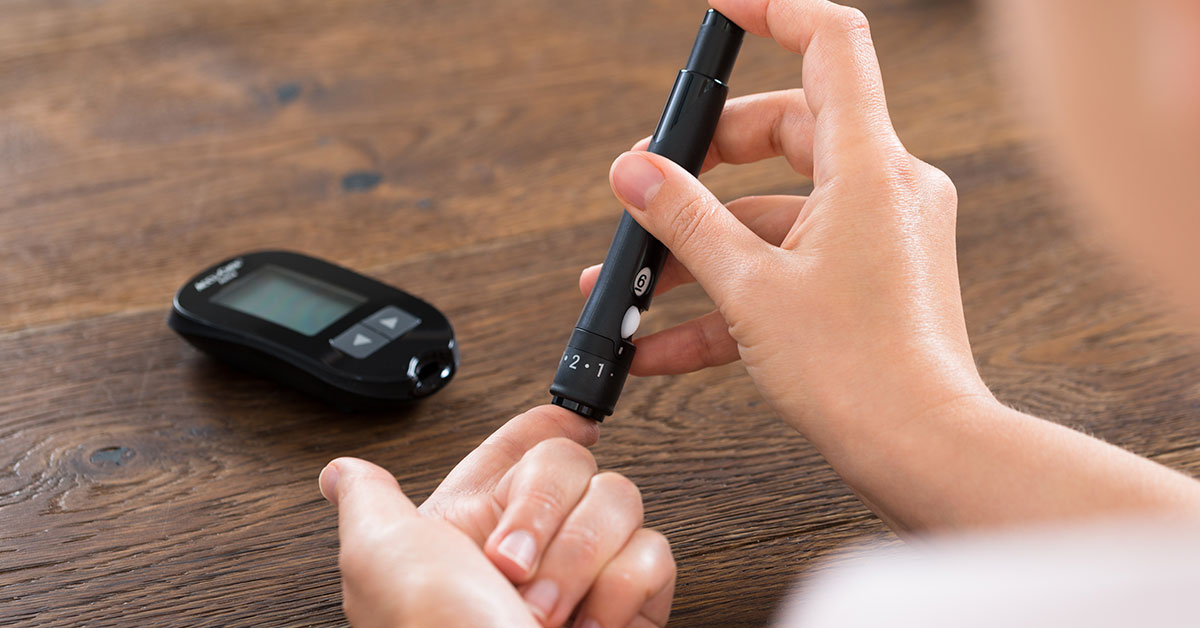
Discussing prediabetes vs diabetes; both are two diseases caused by a lack of insulin, a natural hormone produced by the body. Insulin aids in the transport of sugar (glucose) from your bloodstream to your cells, where it is used for energy. Blood sugar levels rise when your body does not create enough insulin or does not respond to insulin as much as it should (a condition known as insulin resistance). High blood glucose levels can eventually result in prediabetes and diabetes.
Prediabetes is a state characterized by a steady rise in blood sugar that isn’t high enough to be classified as diabetes. It is thought to be a transitional period between normal metabolic regulation and diabetes.
The measurement of blood sugar levels is used to diagnose prediabetes. After fasting for 8-10 hours, blood glucose levels are checked in the morning. This test is insufficient to establish a diagnosis. The glucose tolerance test is used to validate it. The patient consumes a 100-gram glucose solution in the morning, and her or his blood glucose levels are monitored for 2 hours at regular intervals. 2 hours after glucose consumption, normal sugar levels are estimated to be between 6.1 to 7.8 mmol/l.
If the patient’s blood sugar levels are between 6.1 and 6.9 mmol/l after fasting as well as less than 7.8 mmol/l 2 hours after glucose ingestion, he or she is likely to have impaired fasting glucose. Prediabetes is mostly asymptomatic. There are a few potential symptoms, although they are insignificant, which may cause prediabetes to proceed to diabetes gradually. Such symptoms include a sudden and severe rise in hunger, a strong and languid thirst, abrupt and unexplained weight fluctuations, fatigue, flu-like symptoms, and slowed skin wound healing.
A prediabetes diagnosis, according to the Centers for Disease Control and Prevention, is “your chance to prevent type 2 diabetes.”

In contrast to prediabetes, diabetes is a condition characterized by an elevated blood sugar level as a result of a reduced cell reaction to insulin or inadequate insulin synthesis in the body.
Diabetes is defined by intermittent or chronic hyperglycemia and can be detected by either of the following symptoms:
Some less common diabetes symptoms include impaired vision, recurrent infections, problematic wound healing, loss of weight, ketoacidosis, irritability, tiredness, disorientation, and so on.
The most serious consequence of prediabetes in contrast to diabetes is the development of type 2 diabetes. Diabetes is more than simply an inconvenience. Excessive levels of glucose in the blood can result in major cardiac (heart and blood vessel) issues over time, including:
Diabetes-related neuropathy (nerve damage). Diabetic neuropathy can result in tickling, numbness, or complete loss of sensation in the hands, limbs, legs, and feet. Neuropathy may be very painful and frequently necessitates the use of a separate set of drugs to treat.
Diabetic retinopathy (visual damage) and cataracts are all common complications of diabetes. Damage to the blood vessels in the eyes caused by high blood sugar levels can result in illnesses such as cataracts and diabetic retinopathy, all of which can result in vision loss and blindness. Every year, diabetics should get a particular eye test.
Kidney failure. The kidneys filter all of the blood throughout the body, and when that blood contains sugar, the kidneys must work considerably harder. The kidneys may eventually become overburdened, which can lead to renal disease.
Coronary artery disease Cardiovascular disease is among the primary causes of mortality among diabetics. Diabetes increases your likelihood of acquiring a sudden cardiac arrest or stroke.
Wounds and amputations heal slowly. High blood sugar levels make wound healing more difficult. Uncontrolled diabetes patients are more prone to suffer sluggish healing wounds, particularly on the foot, that they might feel owing to nerve loss. This raises the likelihood of infection and, ultimately, amputation.
Hypoglycemia prediabetes (low blood sugar). When most people think of diabetes, they think of elevated blood sugar levels, hypoglycemia prediabetes may be harmful. Diabetes patients are at a higher risk of hypoglycemia since they frequently take drugs to reduce their blood sugar. To avoid hypoglycemia, don’t stop taking your diabetic meds; instead, make sure you eat regularly to keep your blood sugar from going too low.
Diabetes-related coma. Diabetes coma is a potentially lethal condition induced by either excessive hyperglycemia or hypoglycemia. Diabetic hyperosmolar syndrome is the sort of diabetic coma that you are most likely to experience if you have type 2 diabetes.
See Also: Learning Diabetes Care and Factors Affecting Diabetic Wound Healing
The most effective strategy to prevent type 2 diabetes problems is to keep your blood sugar under control. But do not overlook blood pressure and cholesterol. In addition to diabetes, you are more likely to have problems if you have hypertension and high cholesterol. For an appropriate and timely diagnosis of prediabetes and diabetes, contact Family Medicine Austin clinic near you and get further assistance from seasoned consultants.